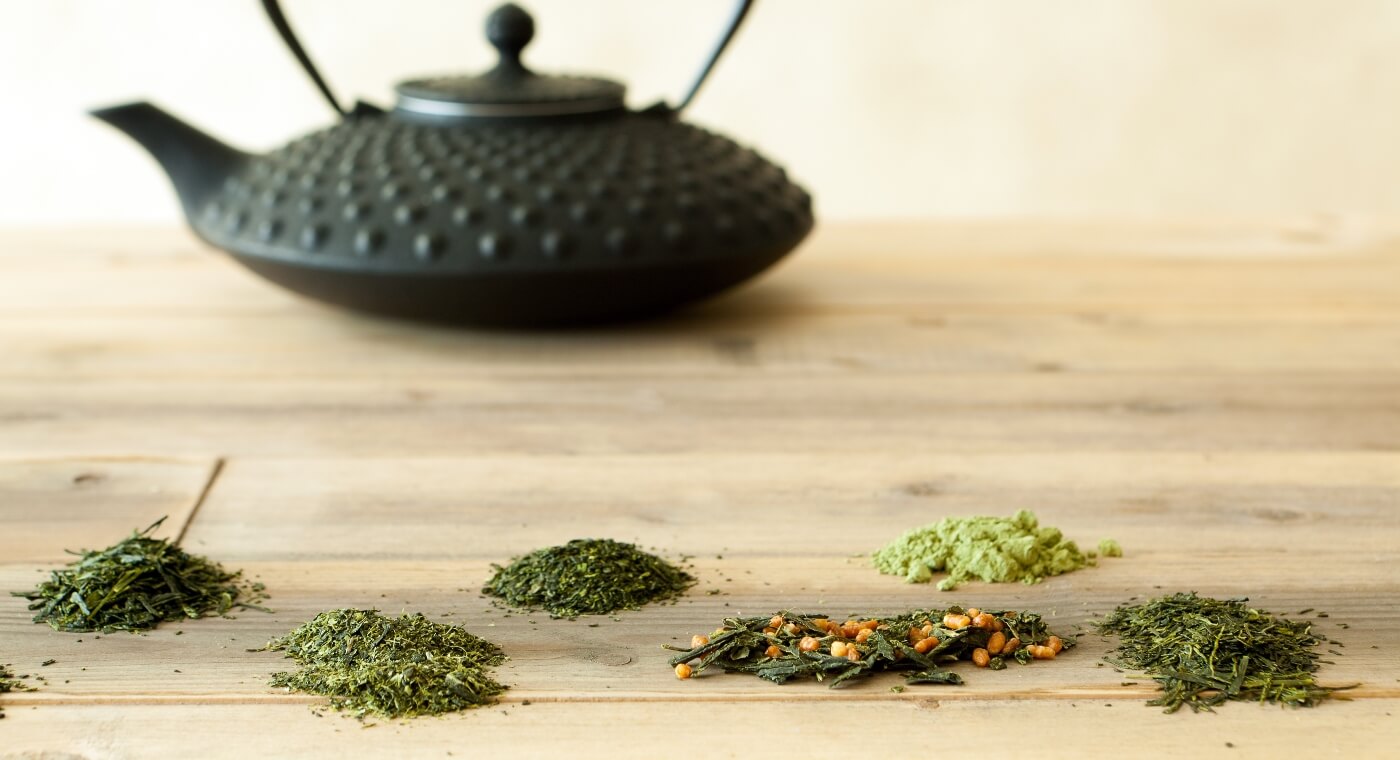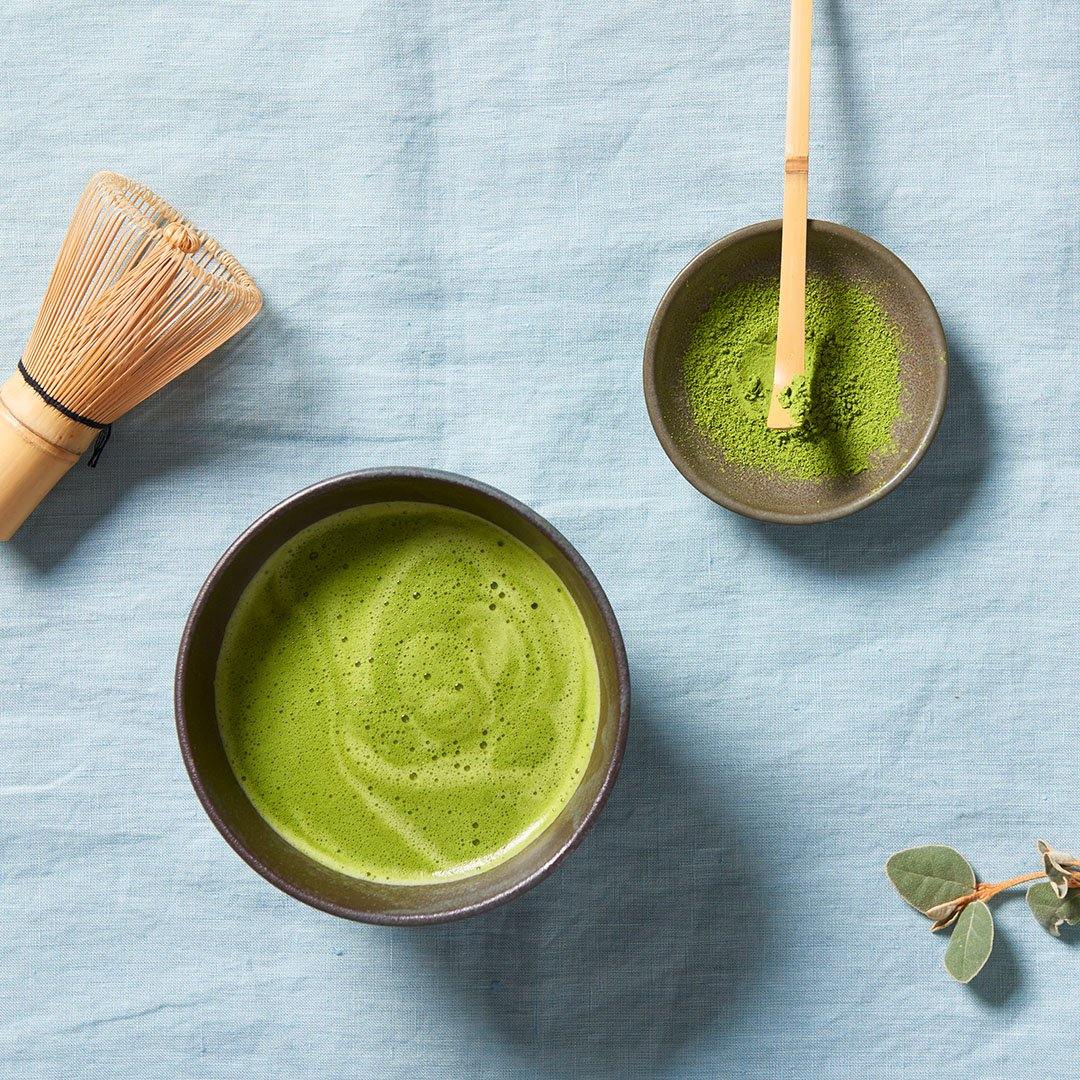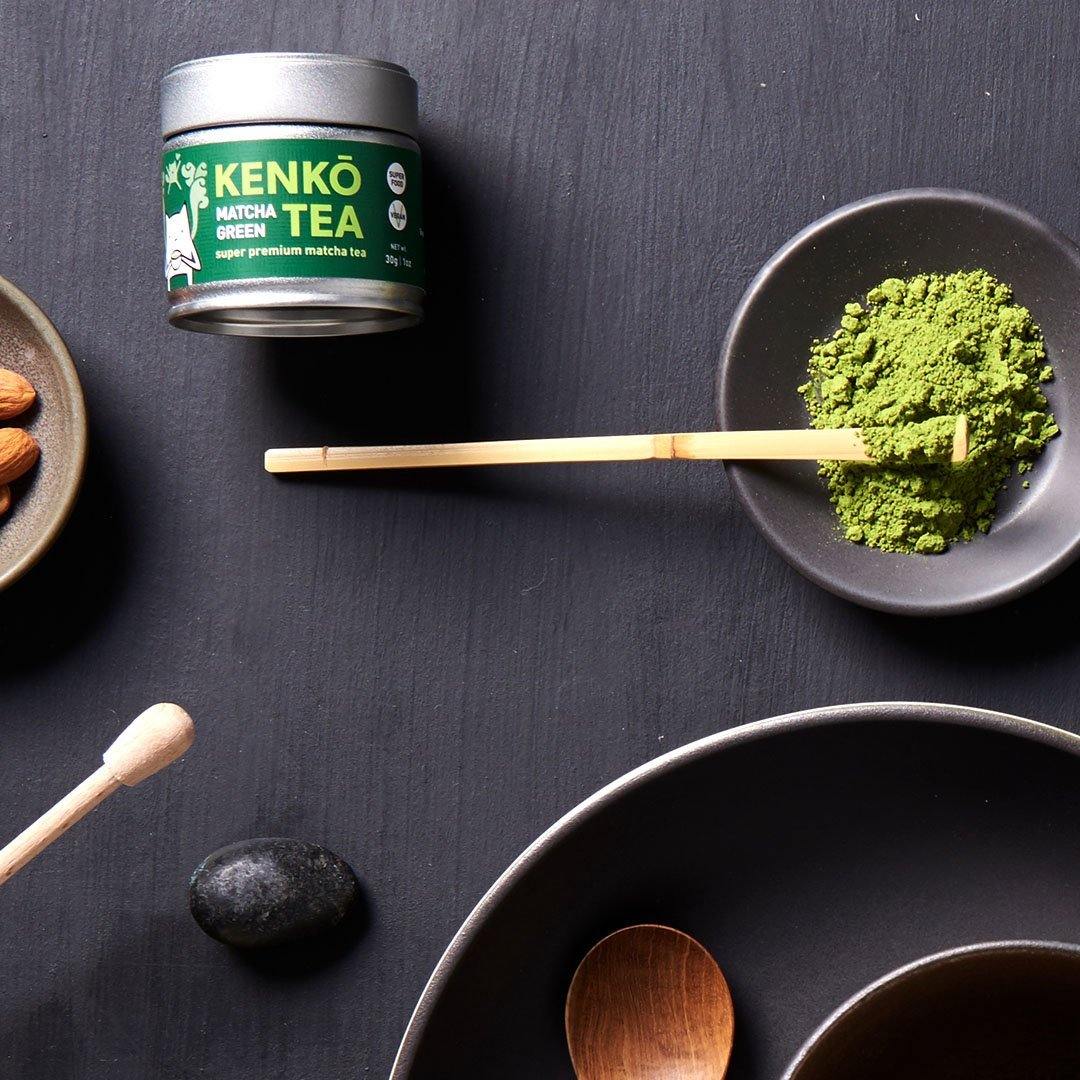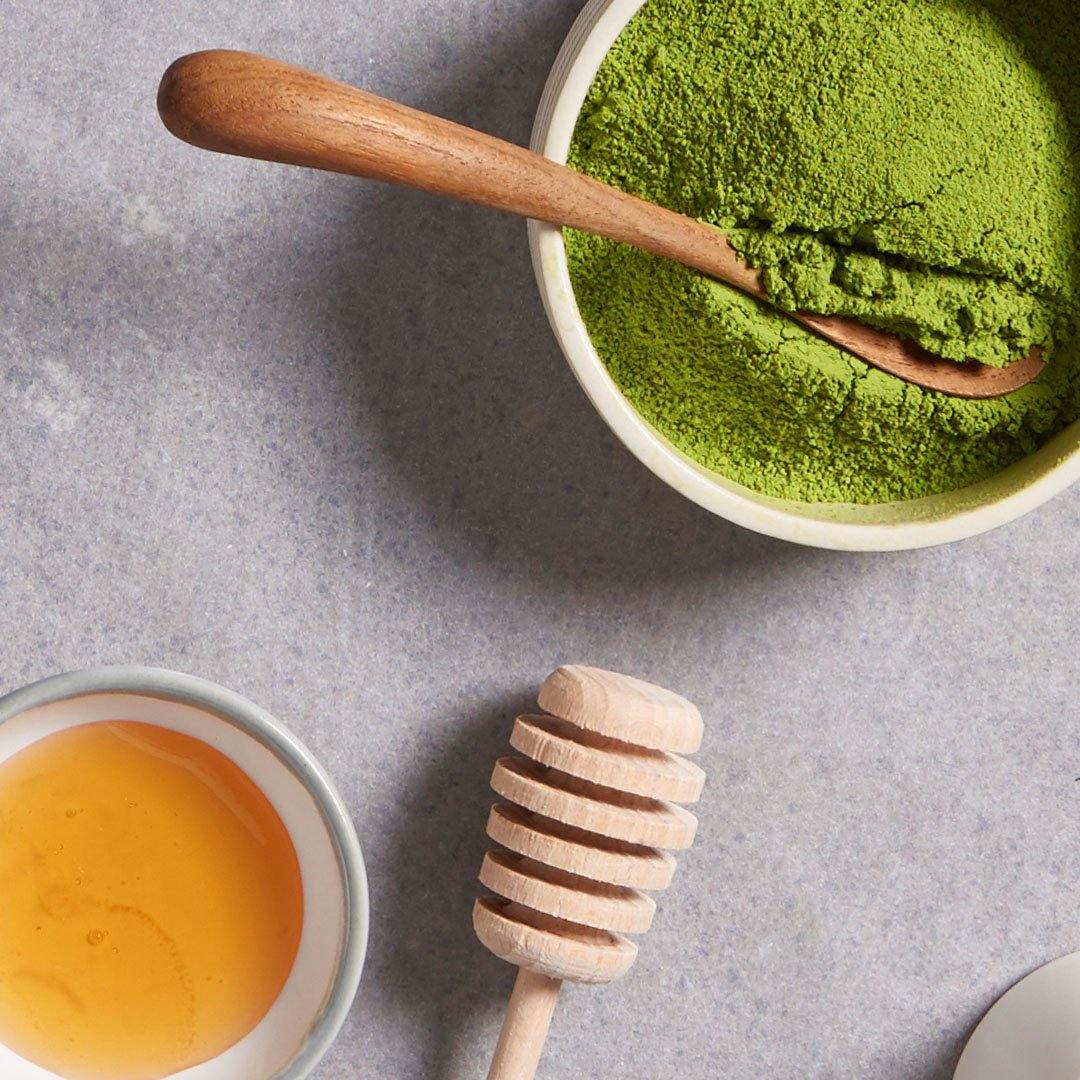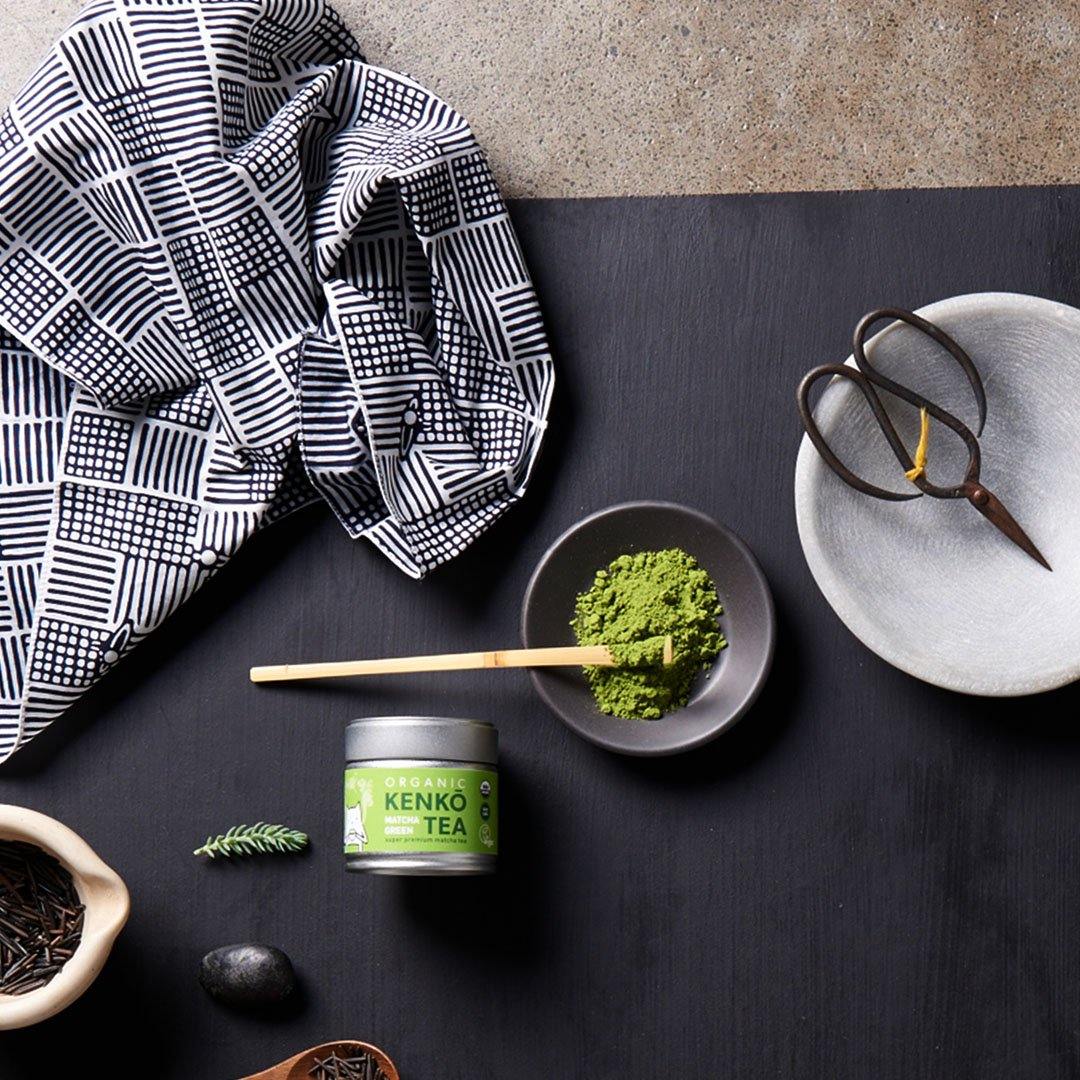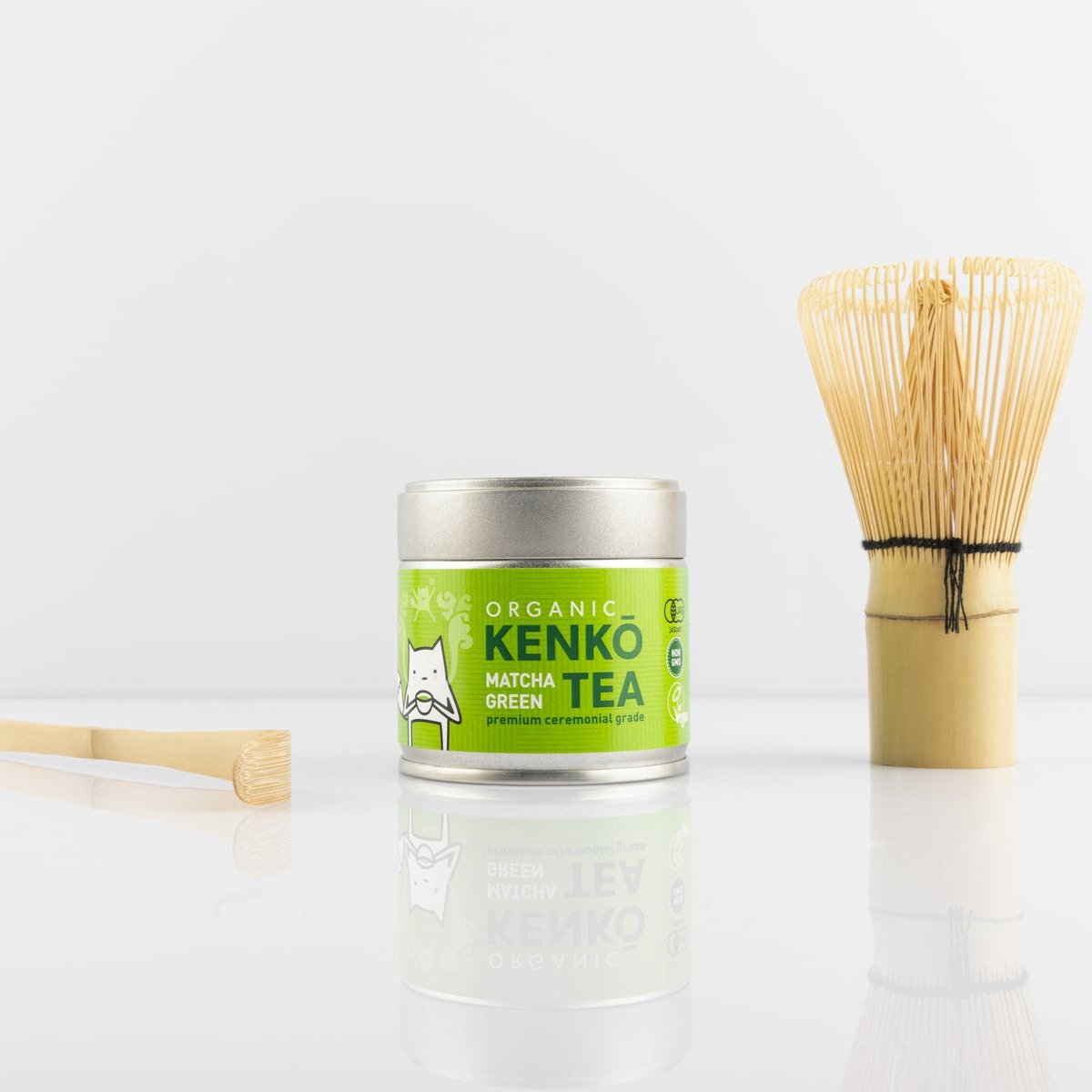I received my Organic Ceremonial Matcha Powder just days after i placed my order. The tea is beautiful silky smooth and a most enjoyable health beverage. With so many options on the market, I believe i am getting an authentic quality
product from Kenko tea.
Sincerest thanks to Kenko for proving this amazing product with genuine service
I wouldnt go anywhere else for this product
Carol.
Amazing taste. I always look forward to my afternoon matcha everyday! Thank you Kenko Tea!
This is the best home matcha I have found. Tastes delicious, no bitter aftertaste or strange flavour additions. I have it every morning instead of coffee and I'm still not sick of it. Whisks well and no clumps.
I purchased high quality matcha from Ippodo tea house in Japan and several other Uji matcha brands, and this is the only brand I’ve come across in Australia which is as good as the brands found in Japan. Very happy with my purchase!

